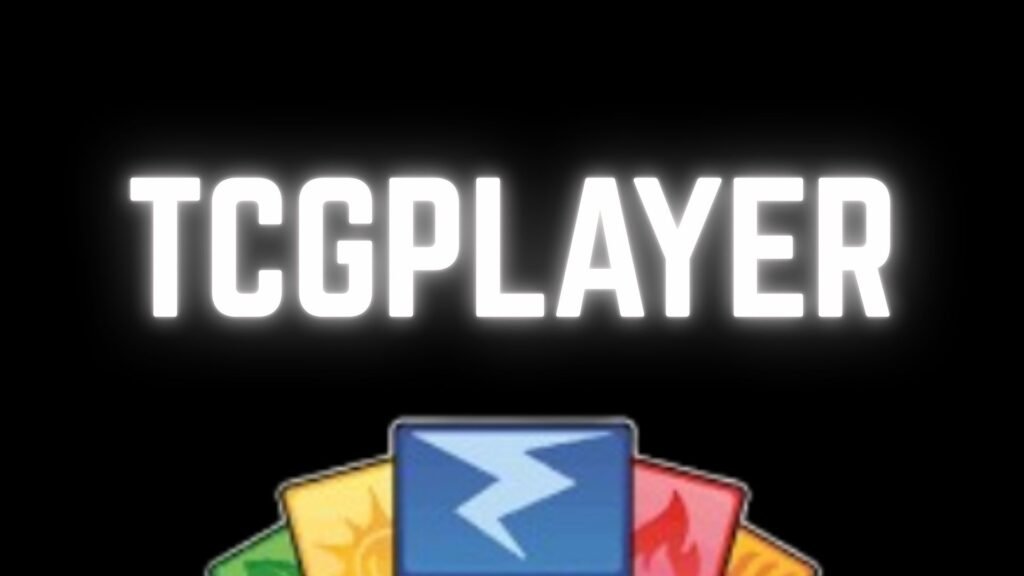Gimkit Host Settings: Adjusting for Different Game Modes and Student Needs

In the ever-evolving landscape of education, teachers are continually on the lookout for innovative tools that can keep students engaged and help them retain information effectively. One such tool that has gained significant attention in recent years IS Gimkit Host Settings offers an interactive, gamified learning experience that enhances student participation and makes learning enjoyable. A key component of Gimkit Host success is the ability of the host (usually the teacher) to adjust settings based on the specific needs of students and the game mode selected.
This article will provide an in-depth look at the various settings within Gimkit Host , how they can be adjusted to suit different learning environments, and how they can help educators cater to diverse student needs. Whether you’re new to the platform or looking for ways to enhance your students’ experience, understanding Gimkit’s host settings can make all the difference.
Table of Contents
What is Gimkit?
Before diving into the settings, let’s briefly explore Gimkit and how it works. Gimkit is an online learning platform designed to help students learn in a fun and interactive way. Students answer questions in real-time, earning in-game currency for each correct answer. The platform offers multiple game modes, each providing a different experience while reinforcing knowledge in various subjects.
What sets Gimkit Host apart from other quiz tools is its gamified approach. The platform offers a variety of question formats, allowing for more engaging and competitive gameplay. Teachers can use Gimkit to create quizzes, assign homework, or play live games with their students. Its flexibility makes it a useful tool for both formative assessment and reviewing material.
Exploring Gimkit Host Settings
Gimkit allows teachers to customize game settings to align with their student’s learning objectives and specific needs. These settings can be adjusted before starting a game or even during gameplay. The host settings provide control over how the game operates and ensure that the activity is tailored to the student’s abilities and classroom environment.
1. Game Mode Selection
One of the first things a teacher needs to adjust when Gimkit Host game is the game mode. There are various game modes available on the platform, each offering a unique experience. Some of the most popular modes include:
- Classic Mode: This is the standard mode where students compete to answer questions correctly and accumulate in-game currency. The player with the most money at the end of the game wins.
- Team Mode: In this mode, students are divided into teams and must work together to answer questions. The scores are accumulated as a team effort, fostering collaboration and teamwork.
- Big Grid: This mode allows for a more strategic gameplay experience. Students earn currency by correctly answering questions and can use that currency to purchase tiles on a large grid. The game involves a lot of decision-making, making it ideal for group collaboration.
- King of the Hill: In this mode, students need to answer questions quickly to become “King” and hold the title by continuing to answer questions correctly. This mode adds a competitive edge to the gameplay.
Each game mode has its dynamics, and choosing the right one depends on the learning objectives and the type of activity you want to run. For instance, team mode might work well for collaborative learning, while classic mode could be ideal for individual assessment.

2. Time Limits and Question Settings
Another important setting that can be adjusted is the time limit for answering each question. In Gimkit Host the default time per question is usually set to 20 seconds, but teachers can adjust this time limit based on the difficulty of the questions or the student’s needs. For example, if you’re working with younger students or students who need more time to process information, extending the time limit can make the game more accessible.
Additionally, teachers can control the question settings to ensure that the quiz reflects the desired level of difficulty. You can modify the types of questions (e.g., multiple-choice, fill-in-the-blank), adjust the question order, shuffle answers, and even add custom images or videos for richer learning experiences. These adjustments can help tailor the content to the student’s learning levels and interests.
3. Customization of Rewards and Currency
In Gimkit Host , students earn in-game currency for answering questions correctly. As the host, you can adjust the amount of currency earned per question and determine whether bonus rewards are included. This is useful for incentivizing students to answer more accurately or quickly, depending on the game’s goal.
Teachers can also modify how the currency is spent in different game modes. For example, in modes like Big Grid or King of the Hill, the students can use their earnings to buy special abilities or extra time. Adjusting the rewards and currency mechanics allows for better control over how students are motivated during the game.
4. Player Settings
Gimkit Host allows teachers to manage the number of players who can join the game, as well as create settings for player anonymity and custom names. For instance, in a large class, it may be necessary to limit the number of students who can participate in a game at one time. Alternatively, you can enable students to join with their real names or have them participate under anonymous usernames, depending on the classroom culture and the focus of the activity.
Teachers can also adjust whether players are allowed to join in groups, a particularly useful feature in Team Mode. This allows group dynamics to be optimized to ensure that students work together rather than competing individually in a team-based setting.
5. Game Progress and Data Tracking
A critical component of any educational tool is the ability to track students’ progress and performance. With Gimkit Host can monitor players’ scores and progress throughout the game. This is especially useful for formative assessment, where teachers can quickly assess which students are struggling and which are excelling.
The platform offers detailed analytics that tracks not just final scores but also how many questions were answered correctly or incorrectly, the time taken to answer each question, and even the students’ improvement throughout the game. This data can be incredibly valuable for future lesson planning and helping students who may need additional support.
Tips for Adjusting Gimkit Settings Based on Student Needs
To make the most out of Gimkit Host settings, here are some tips for adjusting the platform to fit the unique needs of your students:
- Adjust time limits for varied learning speeds: If you have a diverse class with varying levels of proficiency, it’s important to adjust the time limits for each question. Students who need more time to process information can be given extra time to respond without feeling rushed.
- Incorporate team-based settings for collaborative learners: Students who benefit from working together can be grouped into teams to encourage collaboration. This also helps build communication and problem-solving skills.
- Use question difficulty levels: Customizing questions to suit the academic level of your students ensures they are challenged appropriately without feeling overwhelmed.
- Track progress for personalized feedback: The analytics tools in Gimkit provide real-time insights into your students’ performance. Use this data to offer tailored feedback and address any gaps in knowledge immediately.
5 FAQs About Gimkit Host Settings
1. Can I adjust the time per question in Gimkit?
Yes, you can adjust the time limit for each question in Gimkit Host . This allows you to accommodate students who need more time to process information or to make the game more fast-paced for advanced students.
2. Can I create my questions in Gimkit?
Yes, teachers can create custom questions in Gimkit. This allows you to tailor the content to your specific curriculum and ensure that the questions are relevant to the material you are teaching.
3. How do I set up teams in Gimkit?
To set up teams in Gimkit, simply select the team mode before starting the game. Depending on how you want the activity to unfold, you can divide students into teams manually or let them select teams themselves.
4. Can I track student progress during the game?
Yes, Gimkit Host offers detailed analytics during the game. You can track student performance, see how many questions they’ve answered correctly, and monitor their progress throughout the session.
5. How can I make the game more competitive?
If you want to increase the competition, you can adjust the rewards system, reduce the time limit for questions, or enable modes like King of the Hill that encourage quick decision-making and fast answers.
Conclusion
Gimkit Host offers a dynamic and engaging way to enhance student learning, and the host settings play a key role in tailoring the experience to meet diverse educational needs. By adjusting game modes, time limits, rewards, and other customization features, teachers can create an interactive learning environment that motivates students, promotes collaboration, and provides valuable insights into their progress. Whether you’re using Gimkit for a review session, formative assessment, or just a fun classroom activity, mastering the host settings is essential for making the most of this innovative educational tool.











